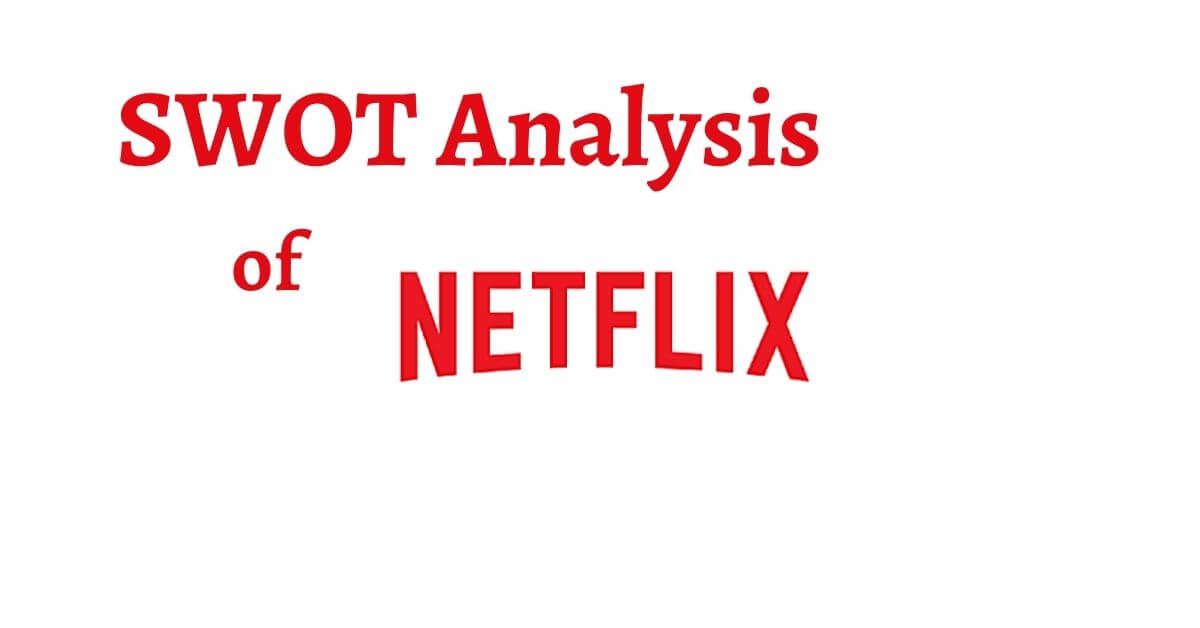SWOT Analysis of Trader Joe’s. Trader Joe’s is a private retail chain grocery store American Company. Joe Coulombe laid the foundation of the grocery store brand in 1958. The headquarter of the company is in Monrovia, California, USA.
Some of the main products and services of Trader Joe’s are as follows;
- Body and face care
- Nutritional supplements
- Pet stuff
- Householder essentials
- Plants and flowers
- Beverages and food
- Specialty products
- Organic food
- Private-label staple food
Key statistical facts and figures of Trader Joe’s are as follows;
- The Annual revenue of the grocery brand in 2022 was 13.3 billion US dollars
- Network of 569 grocery stores in 42 states across the US; 10000 location points in 27 European Countries
- More than 50,000 employees are working for the company to manage its worldwide operations
Some of the top competitors of Trader Joe’s are as follows;
- Kroger
- Aldi
- Costco
- Target
- Walmart
- Publix
- Safeway
- HEB
- Weis Market
- Raley’s
- Giant Eagle
- Meijer
- Sprout’s Farmers Market
- Nature box
- Whole Foods Market
- Fairway Market
Today, we’ll discuss the swot analysis of Trader Joe’s. It is going to focus on the internal strengths and weaknesses; external opportunities and threats to the grocery store company. Here’s the swot analysis of Trader Joe’s as follows;
Strengths of Trader Joe’s
Some of the main strengths in the swot analysis of Trader Joe’s are as follows;
Online Store
Trader Joe’s has got a user-friendly and easy-to-use and explore online store and e-commerce platform. it allows customers to purchase a wide range of products and goods. After selecting the product and adding it to the cart, the customers could employ any of the 3rd party delivery service providers for delivery.
Customer Database
Trader Joe’s has got a strong database of loyal customers and they contribute significantly to the growth and profitability of the company by doing repetitive shopping. Achieving customer loyalty is highly difficult and it requires the company to launch various product offers in different categories.
Recognized Brand
Trader Joe’s is a well-recognized brand and the company has earned the trust and confidence of customers. The powerful brand name helps the company to increase its sales and profitability. In order to stay relevant and remain in the minds of customers, the grocery brand keeps on evolving.
Product Portfolio
Joe’s offers a very large and diverse product portfolio, and the company makes sure that the customers would find different types of products at its stores. In fact, the company has made partnerships with Annies and Pita Chips to special products to customers. Bulky orders from suppliers help the company to earn special discounts and offers, and the brand passes on the same discounts to the customers.
Supply Chain & Distribution
Trader Joe’s has established a great relationship with its suppliers, and they timely deliver the supplies to the company. The company also collaborates with 3rd party manufacturers like Con Agra, PepsiCo, and Snyder’s Lance for the supplies. Along with the supply chain, the company also has got a solid distribution network and which helps the company in the following ways;
- Easily approaching customers
- Growing speedily
- Low cost
- Transparency and visibility
Weaknesses of Trader Joe’s
Some of the main weaknesses in the swot analysis of Trader Joe’s are as follows;
Negative Reviews
The negative reviews and feedback have greatly tarnished the reputation of the company to a great extent. In fact, it creates doubts in the minds of potential customers and discourages them from buying into the company’s store.
Delivery Issues
Trader Joe’s offers online shopping and allows customers to buy things online, but customers need to hire any other 3rd party delivery service providers like Instacart. It is a great weakness of the company and it pushes away many customers; because many customers aren’t familiar with 3rd party delivery service providers.
Low Geographical Presence
It is no doubt Trader Joe’s is operating its 27 European countries and 42 States in the US. But compared to other retail chain competitive brands, the geographical presence of the company is very low.
Opportunities for Trader Joe’s
Some of the available opportunities in the swot analysis of Trader Joe’s are as follows;
Portfolio Expansion
The consumer market has become highly cautious about the food they are consuming, and they prefer organic plant-based food. Trader Joe’s should be aware of this customer shopping, and include organic food into its product portfolio.
Efficient Delivery
As we are aware of the fact that online shopping trends have increased significantly and they would continue to increase in the upcoming years. Trader Joe’s should exploit this trend by offering an in-house delivery service to the customers. It would increase the company’s online sales to a great extent.
Market Expansion
According to an estimate, the growth rate of Trader Joe’s is approximately 9.8%. The company should take advantage of its growth rate and consider going into the global market. The Asian, African, and Middle Eastern markets have got a lot of potential with low customers, and the grocery store brand should enter the emerging markets.
Threats to Trader Joe’s
Some of the potential threats in the swot analysis of Trader Joe’s are as follows;
Economic Recession
Political conflicts, inflation, high-interest rate, and other economic issues have pushed the global economy into recession. They have decreased the purchasing power of people, and people have got limited disposable income, that’s why they’re spending less on shopping.
Substitute Products
The products and goods Trader Joe’s is selling aren’t unique and differentiated from other brands. In fact, they’re easily substitutable products, and that’s why customers have limited loyalty to the company, and they buy the product wherever they find it.
High Labor Cost
According to an estimate, only 10% of the employees stay with the company in the long term. In order to decrease turnover, the company is investing resources in the training and development of employees; it is jeopardizing their profitability.
Conclusion: Trader Joe’s SWOT Analysis Example Company
After an in-depth study of the swot analysis of Trader Joe’s; we have realized that Trader Joe’s is the world’s leading retail chain brand. If you are learning about the business of the retail store swot analysis, then you should keep in mind the abovementioned internal and external factors impacting the chain retail store business.

Ahsan Ali Shaw is an accomplished Business Writer, Analyst, and Public Speaker. Other than that, he’s a fun loving person.


